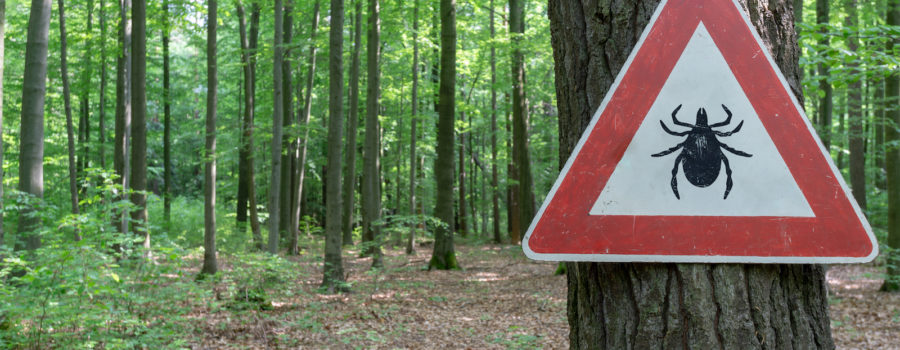*Information from Niagara Public Health. Visit their website for more information and contacts.
With tick season upon us, please take note of a few important tips and tricks to prevent ticks on both you and your pets.
A tick is very small and can range in size from a poppy seed to a small grape (when engorged). They do not jump or fly.
Ticks are normally found in forested areas or areas with long grass, where they attach themselves to humans and animals passing by.
On humans, ticks normally attach to areas such as the groin, armpits, hairline or behind the ears.
Protect You and Your Pets
- Wear light coloured clothes to spot ticks
- Use insect repellents that contains DEET or Icaridin (always follow the instructions)
- Daily full body checks on yourself and pets after coming in from the outdoors
- Cut your grass and dispose of leaf litter
- Outdoor workers should shower or bath within two hours of being in forested or long grass areas
Blacklegged / Deer Tick
- Can carry and transmit the bacteria that cause Lyme disease
- Usually found in forested areas
- Very small and can be hard to see
- Active in early spring and late fall
- Blacklegged ticks have no white markings on the large part of their bodies
American Dog Tick
- The most common tick found in the Niagara region
- Does not carry the bacteria that cause Lyme disease
- Usually found in areas with long grass and tree cover
- About the size of an apple seed and reddish brown in colour
- Active in the spring and summer
- Dog ticks usually have white markings or silver-coloured spots
Lone Star Tick
- Does not carry the bacteria that cause Lyme disease
- Usually found in areas with long grass and tree cover
- Rarely seen in the Niagara region, but can be transported on migrating birds
- About the size of an apple seed and reddish brown in colour
- Active in the spring and summer
- Female Lone Star ticks have a silvery-white spot or “lone star” on their back while adult males have white spots around their back
Long star tick photos courtesy of University of Rhode Island Tick Encounter Resource Center.
Removing a Tick
- With fine tip tweezers, grasp the tick’s head as close to the skin as possible
- Slowly pull the tick away from the skin until it releases. Do not twist or crush the tick. Ensure all the mouth parts have been removed, otherwise the bite can become infected.
- After removing the tick, wash the area with soap and water
Submit a Tick for Identification
If you think the tick is blacklegged or you cannot identify the tick, it can be submitted in clear, dry containers or double Ziploc bags to one of the following locations from 8:30 a.m. to 4:30 p.m. for identification:
| City | Address | Phone Number |
| Thorold / St. Catharines | 1815 Sir Isaac Brock Way | 905-688-8248 |
| Fort Erie | 1264 Garrison Rd., Unit 12 | 905-871-6513 |
| Niagara Falls | 5710 Kitchener St. | 905-356-1538 |
| Welland | 200 Division St. | 905-735-5697 |
| Lincoln | 4800 South Service Rd. | 905-563-8205 |
If a blacklegged tick is identified, staff will consult with you on next steps.
There is no cost for tick identification.
In Niagara, blacklegged ticks have often been found in the Wainfleet bog, Mud Lake in Port Colborne and 12 Mile Creek Trail in St. Catharines. However, it is possible to find blacklegged ticks outside of these areas too. Remember to protect yourself no matter what area you are in.
 Back to myNiagaraOnline
Back to myNiagaraOnline
































